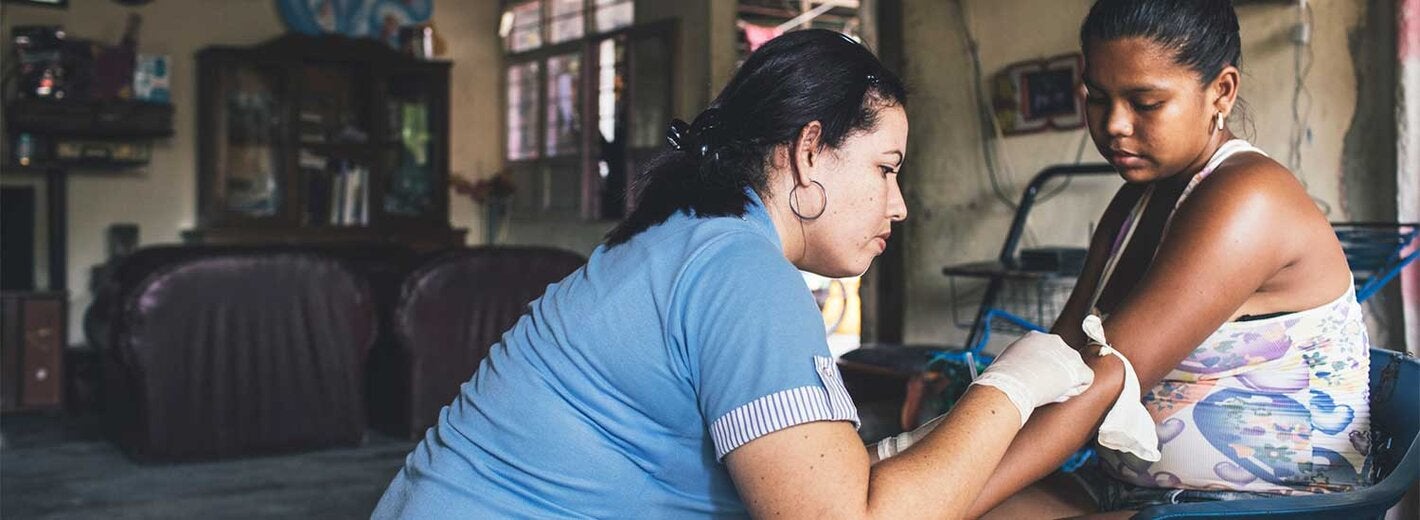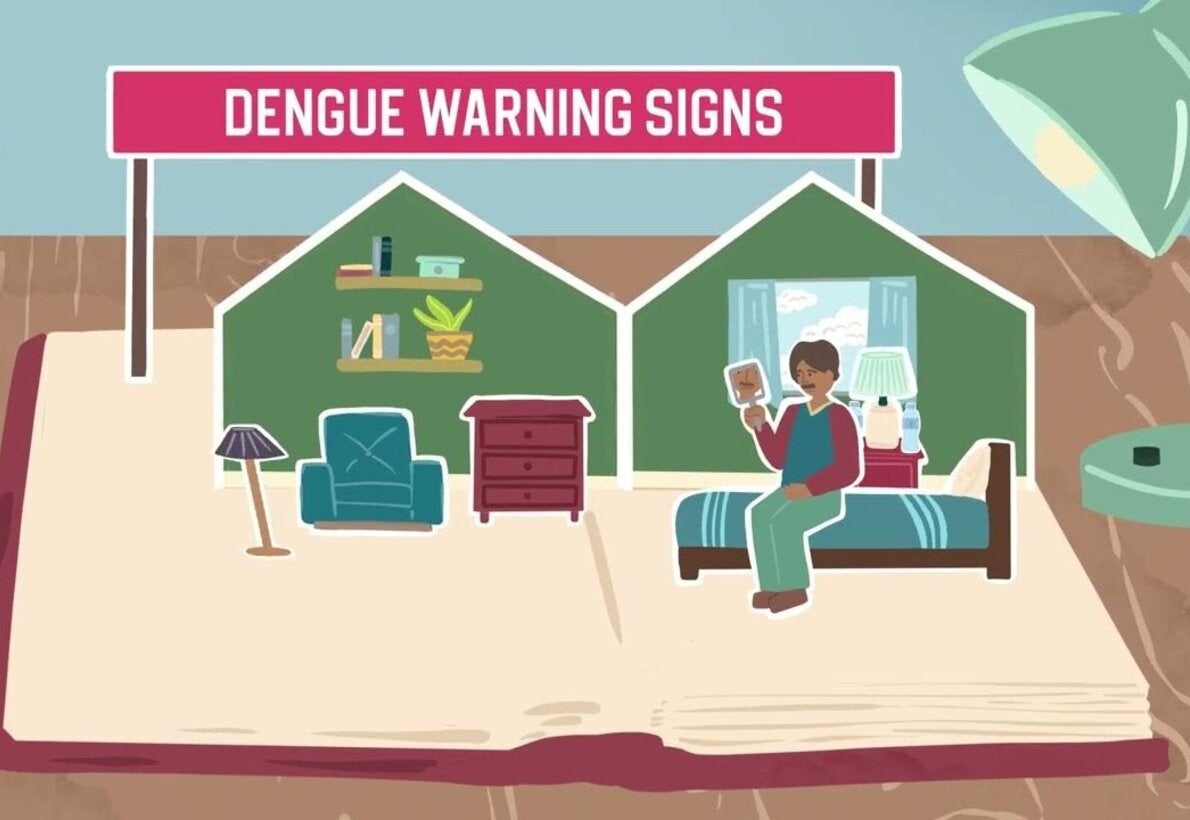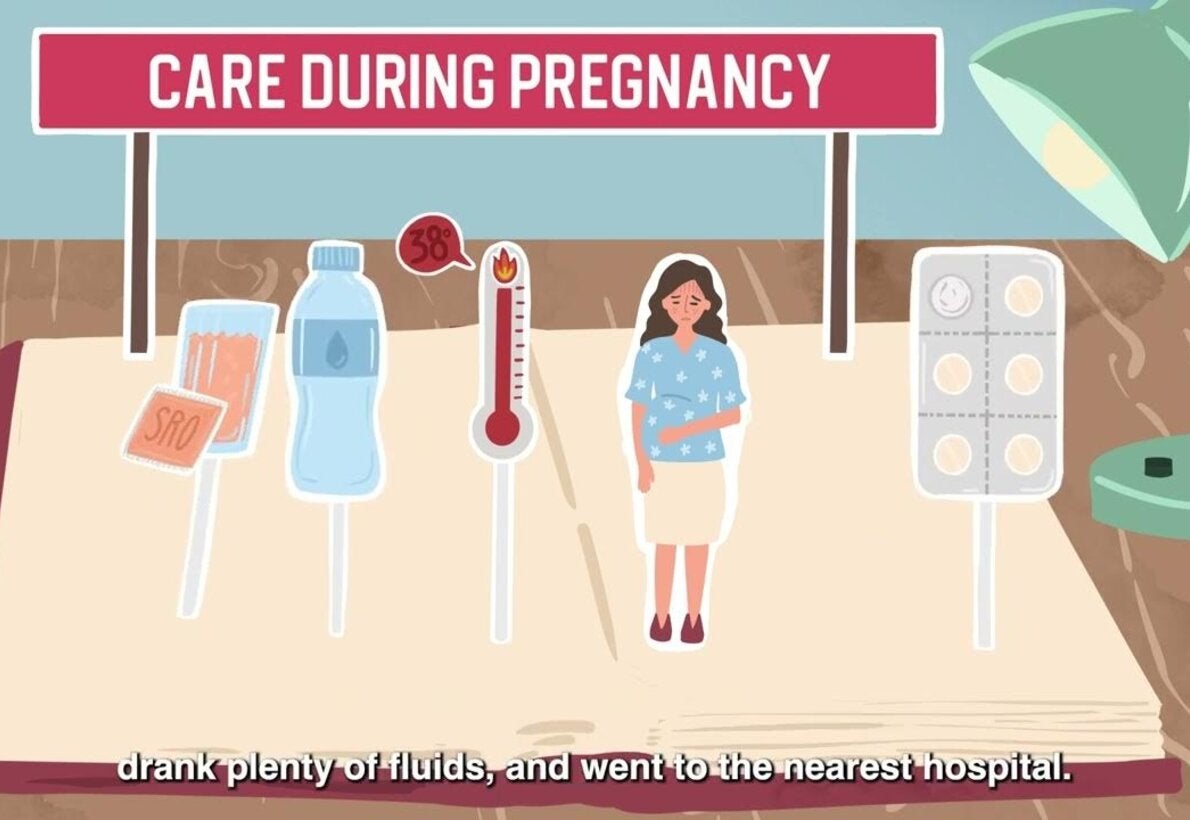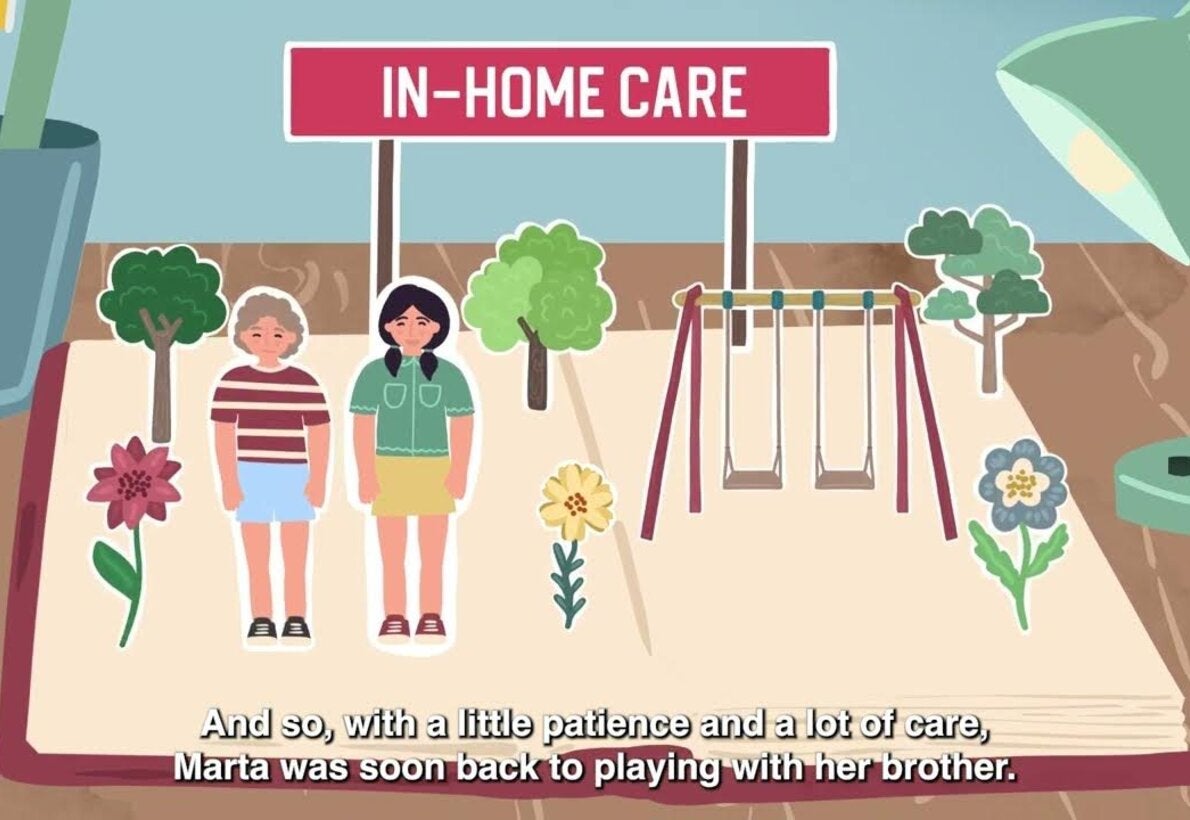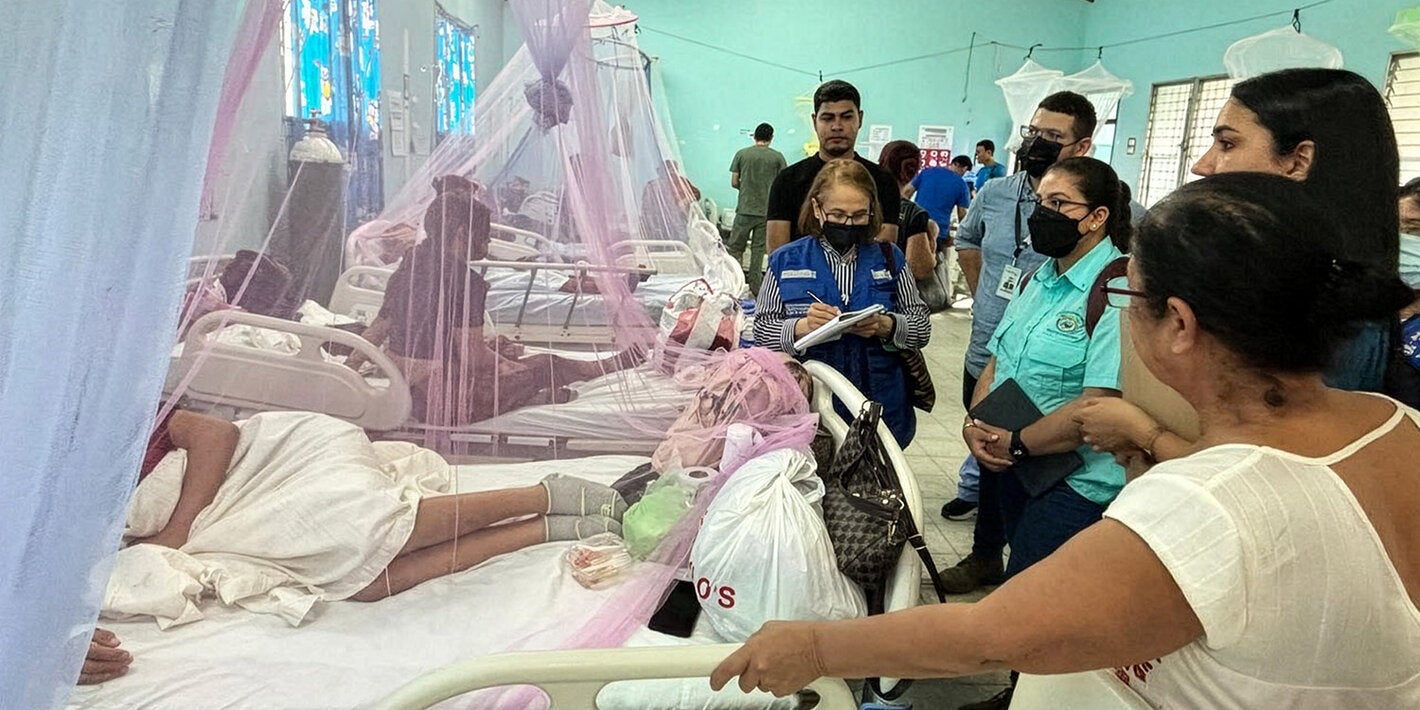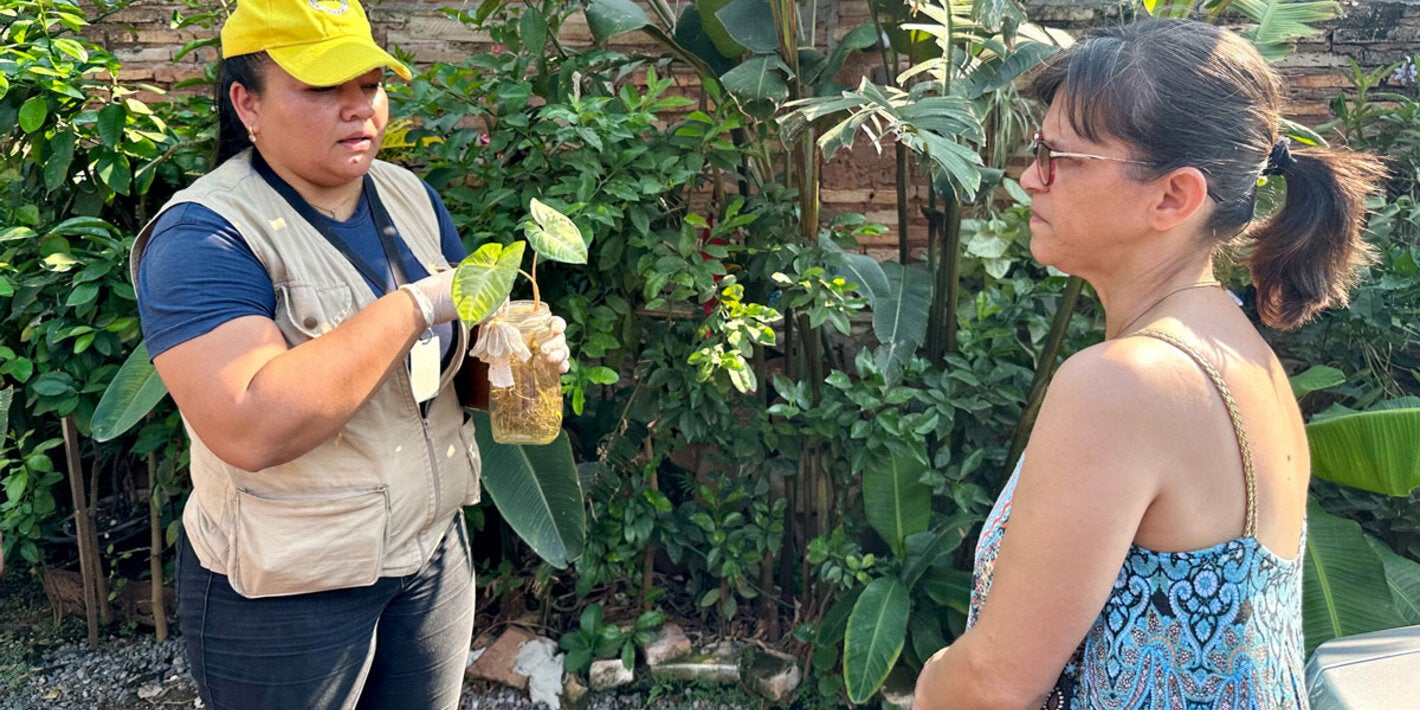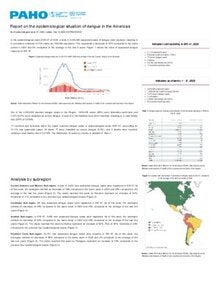Dengue is transmitted by the bite of an infected mosquito. It is an illness that affects infants, young children, and adults, with symptoms ranging from mild fever to incapacitating high fever, with severe headache, pain behind the eyes, muscle and joint pain, and rash. The illness can evolve to severe dengue, characterized by shock, respiratory distress, severe bleeding, and/or serious organ impairment. The disease has a seasonal pattern: most cases in the southern hemisphere occur in the first half of the year, and most cases in the northern hemisphere in the second half. This pattern corresponds to the warmer, rainy months.
In the Americas, Aedes aegypti is the mosquito vector that is the main source of dengue transmission.
About Dengue
- It is transmitted by the bite of a mosquito infected with one of the four serotypes of dengue virus.
- It is a febrile illness that affects infants, children and adults. The infection may be asymptomatic, or it may present with symptoms ranging from a moderate fever to a disabling high fever, with severe headache, pain behind the eyes, muscle and joint pain, and rashes. The disease can evolve into severe dengue, characterized by shock, shortness of breath, severe bleeding and / or complications in the organs.
- There is no a specific medicine to treat dengue.
- The disease has a pattern according to the seasons: the majority of cases in the southern hemisphere occur in the first part of the year, and the majority of cases in the northern hemisphere occur in the second half.
- Dengue prevention and control must be intersectoral and involve the family and the community.
Feverish phase
Patients develop a sudden, high fever. This acute febrile phase lasts from 2 to 7 days and is usually accompanied by facial flushing, erythema, generalized body pain, myalgia, arthralgia, headache, and retro-ocular pain. Minor hemorrhagic manifestations such as petechiae and skin ecchymoses may occur. Patients who improve after the fever subsides are considered dengue cases without warning signs.
Problems that can occur in the febrile phase: dehydration; high fever can be associated with neurological disorders, and seizures in young children.
Critical phase
Near the disappearance of the fever, when the temperature drops to 37.5 degrees Celsius or less and stays below this level, usually in the first 3 to 7 days of the disease, capillary permeability can increase in parallel with hematocrit levels. This marks the beginning of the critical phase.
Patients who worsen with the drop in fever and show alarm signs are cases of dengue with warning signs.
Problems that can occur in the critical phase: shock due to plasma leakage; severe bleeding, serious organ involvement.
Recovery phase
When the patient survives the critical phase (which does not exceed 48 to 72 hours), they move on to the recovery phase. There is an improvement in the general state, appetite recovers, gastrointestinal symptoms improve, the hemodynamic state stabilizes, and diuresis increases.
Problems that may occur in the recovery phase: hypervolemia (if intravenous fluid therapy has been excessive or has been extended in this period).
Revised Dengue Classification
The classification recommended by the World Health Organization in 2009 is the so-called revised classification, which emerged from the DENCO results, which included almost 2,000 confirmed cases of dengue from eight countries and two continents and establishes two forms of the Dengue disease and severe dengue.
Dengue revised classification diagram. The so-called dengue with alarm signs is part of the dengue form but, it is described separately because its knowledge is extremely important to decide therapeutic behaviors and prevent - if possible - severe dengue.
- Dengue without warning signs: The disease can manifest as a "nonspecific fever syndrome." The presence of other confirmed cases in the environment to which the patient belongs is decisive to suspect the clinical diagnosis of dengue.
- Dengue with warning signs: The patient may present intense and continuous abdominal pain, persistent vomiting, fluid accumulation, mucosal bleeding, altered consciousness, hepatomegaly and progressive increase in hematocrit.
- Severe dengue: Severe forms of dengue are defined by one or more of the following: (i) shock from plasma leakage, fluid accumulation with respiratory distress, or both; (ii) profuse bleeding that is considered clinically important by treating physicians, or (iii) severe organ involvement. liver: AST or ALT ≥ 1000; CNS: alteration of consciousness, and that includes the heart and other organs.
Differential diagnosis
When making the diagnosis, it should be kept in mind that some symptoms can be confused with those of other diseases such as malaria, rubella, measles, typhoid fever, meningitis and influenza. In dengue fever there is no rhinorrhea (discharge of mucus from the nose) or nasal congestion.
Laboratory diagnosis
The definitive diagnosis of dengue infection is made in the laboratory and depends on the detection of specific antibodies in the patient's serum, detection of viral antigen or viral RNA in serum or tissue, or viral isolation.
A blood sample in the acute phase should be taken as soon as possible after the onset of febrile illness. A blood sample in the convalescent phase should ideally be taken 2-3 weeks later.
- RT-PCR (Reverse Transcriptase-Polymerase Chain Reaction): It is a rapid, sensitive, simple and reproducible method with adequate controls. It is used to detect viral RNA in human clinical specimens, autopsy tissue and mosquitoes. The test is highly sensitive, being its ability to detect positive cases close to 100%.
- Detection of the NS1 viral protein: It is a highly sensitive test performed by enzyme-linked immunosorbent assay (ELISA).
- Serology: It consists of the detection of IgM antibodies against dengue virus. The recommended technique is the capture ELISA or some other variants of it.
- Viral isolation: This category includes some tests with high levels of complexity that require performance by qualified personnel. In general, these tests are performed in national and international reference laboratories.
- Immunohistochemistry: With immunohistochemical methods, it is possible to detect viral antigen in a wide variety of tissues. These methods are particularly useful for the confirmation of DENV infections in tissues from deceased patients.
- Rapid tests: Rapid (immunochromatographic) tests are not recommended as an integral part of laboratory confirmation algorithms.
There is no specific drug to treat dengue fever. Medical evaluation through an appropriate medical history and physical examination by a health care professional is key to proper management of the disease. Recognition of the warning signs of dengue is essential to avoid progression to severe forms of dengue.
What to do if you have symptoms of dengue?
- Consult your physician.
- Watch for warning signs. If any of them appear, go immediately to the nearest health facility.
- Drink plenty of fluids to prevent dehydration, preferably oral rehydration salts.
- Do not self-medicate, do not use aspirin, because its effect can cause bleeding.
- Do not use antibiotics because dengue is caused by a virus and antibiotics only attack bacteria.
Regarding the commercially available dengue vaccine (Dengvaxia CYD-TDV) and considering the conditions for the use of this vaccine and the lack of evidence on some aspects of safety and effectiveness, PAHO's Technical Advisory Group on Immunizations (TAG) reiterates its recommendation (made in July 2015) that the introduction of dengue vaccine into national immunization programs at the country level is not yet recommended.
Integrated Management Strategy for Arboviral Disease Prevention and Control is the best working model available to address dengue. Countries in the Americas should continue surveillance strengthening activities to improve knowledge about the burden of dengue disease. Strengthened surveillance activities are highly important in the context of outbreaks of other vector-borne diseases, including Zika and Chikungunya.
For more information, please refer to the 23rd GTA Final Report (2015) y and 01 GTA Ad-hoc Final Report (2016).
Regarding the dengue vaccine developed by Takeda (TAK-003), please refer to the XI ad hoc Meeting of the PAHO Technical Advisory Group (TAG) on Vaccine-Preventable Diseases.
About Aedes aegypti
Aedes aegypti is the vector that presents the greatest risk of arbovirus transmission in the Americas and is present in almost all countries of the hemisphere (except Canada and continental Chile). It is a domestic mosquito (that lives in and near houses) that reproduces in any artificial or natural container that contains water.
The mosquito can complete its life cycle, from the egg to the adult, in 7-10 days; adult mosquitoes usually live 4 to 6 weeks. The female Aedes aegypti is responsible for the transmission of diseases because she needs human blood for the development of her eggs and for her metabolism. The male does not feed on blood.
The mosquito is most active early in the morning and at dusk, so these are the periods of greatest risk of bites. However, females, who need to continue feeding, will seek a source of blood at other times. The female Aedes aegypti feeds every 3-4 days; however, if they cannot draw enough blood, they continue feeding each moment they can.
Aedes aegypti prefers to lay its eggs in artificial containers that contain water (drums, barrels and tires, mainly) in and around homes, schools and workplaces. Aedes aegypti eggs can withstand dry environmental conditions for more than a year: in fact, this is one of the most important strategies that the species uses to survive and spread.
To eliminate mosquitoes, the following actions are recommended: avoid collecting water in open-air containers (pots, bottles or other containers that can collect water) so that they do not become breeding sites for mosquitoes; adequately cover water tanks and reservoirs to keep mosquitoes away; avoid accumulating garbage, throwing garbage in closed plastic bags.
- PAHO/WHO provides advice and technical support to prevent and control dengue. This work is carried out based on the Integrated Management Strategy for the Prevention and Control of Arboviral Diseases, which was adopted by PAHO/WHO Member States in 2016 (CD55.R6).
- In 2008, PAHO/WHO Member States established a Network of Dengue Laboratories of the Americas (RELDA) to strengthen technical capacities for dengue diagnosis. Currently, RELDA has been expanded to include chikungunya and Zika fever and comprises 40 laboratories in 35 countries in the Region.
- PAHO/WHO is supporting the development of an integrated epidemiological surveillance system model for dengue, chikungunya, and Zika. This model integrates epidemiological, clinical, laboratory and entomological surveillance to generate standardized and timely information for decision making. A technical document with guidelines for integrated epidemiological surveillance of arboviruses will be published in 2024. You can find the case definitions here.
- Under the concept of collaborative surveillance, PAHO/WHO develops and makes virtual collaboration spaces (ECV) available to countries. Through the ECVs, countries and PAHO collaborate in the real-time analysis of their epidemiological, clinical, laboratory, and entomological data, as well as the generation of automated reports and bulletins.
- PAHO/WHO promotes a clinical technical cooperation bundle in the countries to strengthen national capacities for clinical diagnosis and case management of dengue, chikungunya, and Zika in the Region. This bundle includes technical documents and clinical guidelines, virtual self-learning courses, a regional virtual classroom to train the trainers, and the formation of national networks of clinical experts in arboviral diseases.
- PAHO/WHO is working to strengthen regional and national capacity for the prevention and control of vectors. To achieve this, the organization has implemented the Plan of Action on Entomology and Vector Control 2018-2023. As part of this plan, various initiatives have been developed to improve entomological surveillance systems, monitor and manage resistance to insecticides used in public health, and train professionals in entomology through a virtual course on Surveillance and Control of Vectors of Public Health Importance. Additionally, PAHO/WHO is promoting the implementation of a new model of interventions for the control of Aedes aegypti and providing support to countries for the rational deployment of new technologies and approaches for vector control.









